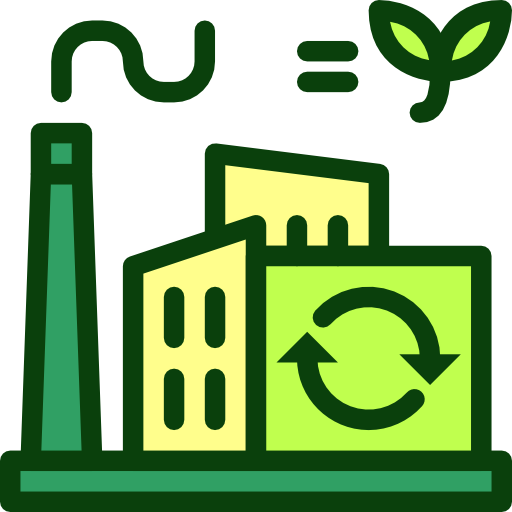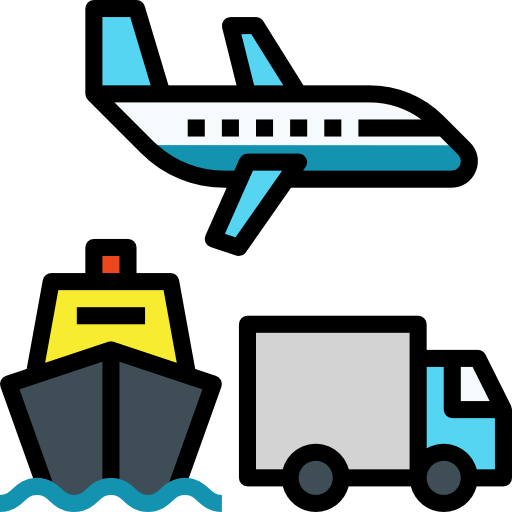Canada - Geography

Here, let us take a look at the Geography of Canada. note 1: second-largest country in the world (after Russia) and largest in the Americas; strategic location between Russia and US via north polar route; approximately 90% of the population is concentrated within 160 km (100 mi) of the US border
note 2: Canada has more fresh water than any other country, and almost 9% of Canadian territory is water; Canada has at least 2 million and possibly over 3 million lakes, more than all other countries combined. Mother's mean age at first birth is 29.4 years (2019 est.) (), whereas, the Maternal mortality ratio is 12 deaths/100,000 live births (2023 est.)
Geographical data of Canada
| Location | Northern North America, bordering the North Atlantic Ocean on the east, North Pacific Ocean on the west, and the Arctic Ocean on the north, north of the conterminous US |
|---|---|
| Geographic coordinates | 60 00 N, 95 00 W |
| Map references | North America |
| Tarrain | mostly plains with mountains in west, lowlands in southeast |
| Natural Resources | bauxite, iron ore, nickel, zinc, copper, gold, lead, uranium, rare earth elements, molybdenum, potash, diamonds, silver, fish, timber, wildlife, coal, petroleum, natural gas, hydropower |
| Natural Hazards | continuous permafrost in north is a serious obstacle to development; cyclonic storms form east of the Rocky Mountains, a result of the mixing of air masses from the Arctic, Pacific, and North American interior, and produce most of the country's rain and snow east of the mountains volcanism: the vast majority of volcanoes in Western Canada's Coast Mountains remain dormant |
| Irrigated Land | 9,045 sq km (2015) |
| Major rivers (by length in km) | Mackenzie - 4,241 km; Yukon river source (shared with the US [m]) - 3,185 km; Saint Lawrence river mouth (shared with US) - 3,058 km; Nelson - 2,570 km; Columbia river source (shared with the US [m]) - 1,953 km; Churchill - 1,600 km; Fraser - 1,368 km; Ottawa - 1,271 km; Athabasca - 1,231 km; North Saskatchewan - 1,220 km; Liard - 1,115 km note: [s] after country name indicates river source; [m] after country name indicates river mouth |
| Major aquifers | Northern Great Plains Aquifer |
| Land Boundaries | 8,892 km |
| Border Countries | US 8,891 km (includes 2,475 km with Alaska); Denmark (Greenland) 1.3 km |
| Coastline | 202,080 km |
| Climate | varies from temperate in south to subarctic and arctic in north |
| Area | |
| Total Area | |
| Land Area | 9,093,507 sq km |
| Water Area | 891,163 sq km |
| comparative Area | slightly larger than the US |
| Maritime Claims | |
| Territorial sea | 12 nm |
| Contiguous zone | 24 nm |
| Exclusive economic zone | 200 nm |
| Continental shelf | 200 nm or to the edge of the continental margin |
| Elevations | |
| Highest point | Mount Logan 5,959 m |
| Lowest point | Atlantic/Pacific/Arctic Oceans 0 m |
| Mean elevation | 487 m |
| Land Use | |
| Agricultural land | 6.5% (2023 est.) |
| Agricultural land: arable land | arable land: 4.3% (2023 est.) |
| Agricultural land: permanent crops | permanent crops: 0% (2023 est.) |
| Agricultural land: permanent pasture | permanent pasture: 2.1% (2023 est.) |
| Forest | 42% (2023 est.) |
| Other | 51.4% (2023 est.) |
Population Distribution
Vast majority of the population lives in a discontinuous band within approximately 300 km (186 mi) of the southern border with the United States; the most populated province is Ontario, followed by Quebec and British Columbia
People and Society
In Canada, the different Ethnic groups are such that we have: Canadian 15.6%, English 14.7%, Scottish 12.1%, French 11%, Irish 12.1%, German 8.1%, Chinese 4.7%, Italian 4.3%, First Nations 1.7%, Indian 3.7%, Ukrainian 3.5%, Metis 1.5% (2021 est.)
| Population | |
|---|---|
| Pop growth rate | 0.71% (2024 est.) |
| Birth rate | 10 births/1,000 population (2024 est.) |
| Death rate | 8.2 deaths/1,000 population (2024 est.) |
| Health expenditure | |
| Physicians Density | |
| Hospital bed Density | 2.6 beds/1,000 population (2020 est.) |
| Total fertility rate | 1.58 children born/woman (2024 est.) |
| Gross reproduction rate | 0.77 (2024 est.) |
| Contraceptive prevalence rate | |
| Est married women (ages 15-49) | 52.2% (2023 est.) |
| Literacy | |
| Education expenditures | |
| Net Migration rate | 5.3 migrant(s)/1,000 population (2024 est.) |
| Nationality | Canadian | Canadian(s) |
| Languages | |
| Religions | Christian 53.3%, Muslim 4.9%, Hindu 2.3%, Sikh 2.1%, Buddhist 1%, Jewish 0.9%, Traditional (North American Indigenous) 0.2%, other religions and traditional spirituality 0.6%, none 34.6% (2021 est.) |
| Age Structure | |
| 0-14 years | 15.5% (male 3,098,478/female 2,929,148) |
| 15-64 years | 63.4% (male 12,382,422/female 12,227,512) |
| 65 years and over | 21% (2024 est.) (male 3,753,829/female 4,403,424) |
| Dependency Ratios | |
| Total dependency ratio | 56.8 (2024 est.) |
| Youth dependency ratio | 23.9 (2024 est.) |
| Elderly dependency ratio | 32.9 (2024 est.) |
| Potential support ratio | 3 (2024 est.) |
| Median Age | |
| Total | 42.6 years (2024 est.) |
| Male | 41.4 years |
| Female | 43.8 years |
| Urbanization | |
| Urban population | 81.9% of total population (2023) |
| Rate of urbanization | 0.95% annual rate of change (2020-25 est.) |
| Major urban areas (Pop) | 6.372 million Toronto, 4.308 million Montreal, 2.657 million Vancouver, 1.640 million Calgary, 1.544 million Edmonton, 1.437 million OTTAWA (capital) (2023). |
| Sex Ratio | |
| At birth | 1.05 male(s)/female |
| 0-14 years | 1.06 male(s)/female |
| 15-64 years | 1.01 male(s)/female |
| 65 years and over | 0.85 male(s)/female |
| Total population | 0.98 male(s)/female (2024 est.) |
| Infant Motality | |
| Total | 4.3 deaths/1,000 live births (2024 est.) |
| Male | 4.5 deaths/1,000 live births |
| Female | 4 deaths/1,000 live births |
| Life Expectancy at birth | |
| Total population | 84.2 years (2024 est.) |
| Male | 81.9 years |
| Female | 86.6 years |
| Drinking Water Sources | |
| Improved: urban | urban: 99.3% of population (2022 est.) |
| Improved: rural | rural: 99.1% of population (2022 est.) |
| Improved: total | total: 99.2% of population (2022 est.) |
| Unimproved: urban | urban: 0.7% of population (2022 est.) |
| Unimproved: rural | rural: 0.9% of population (2022 est.) |
| Unimproved: total | total: 0.8% of population (2022 est.) |
| Sanitation facility acess | |
| Improved: urban | urban: 98.6% of population (2022 est.) |
| Improved: rural | rural: 98.8% of population (2022 est.) |
| Improved: total | total: 98.6% of population (2022 est.) |
| Unimproved: urban | urban: 1.4% of population (2022 est.) |
| Unimproved: rural | rural: 1.2% of population (2022 est.) |
| Unimproved: total | total: 1.4% of population (2022 est.) |
| Alcohol consumption per capita | |
| Total | 8 liters of pure alcohol (2019 est.) |
| Beer | 3.5 liters of pure alcohol (2019 est.) |
| Wine | 2 liters of pure alcohol (2019 est.) |
| Spirits | 2.1 liters of pure alcohol (2019 est.) |
| Other alcohols | 0.4 liters of pure alcohol (2019 est.) |
| Tobacco use | |
| Total | 10.1% (2025 est.) |
| Male | 12.3% (2025 est.) |
| Female | 8% (2025 est.) |
Demographic profile
All Important Facts about Canada
Want to know more about Canada? Check all different factbooks for Canada below.









